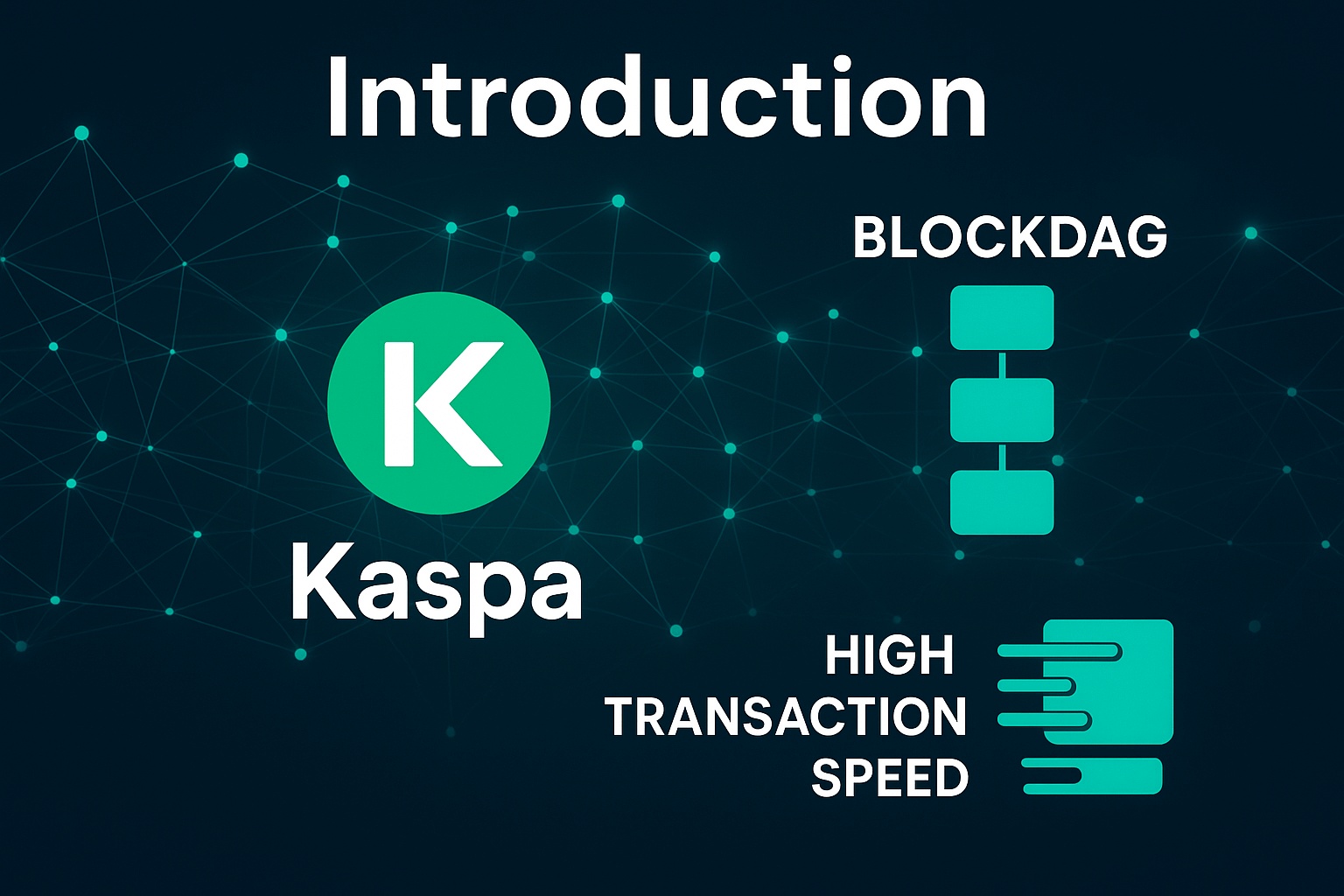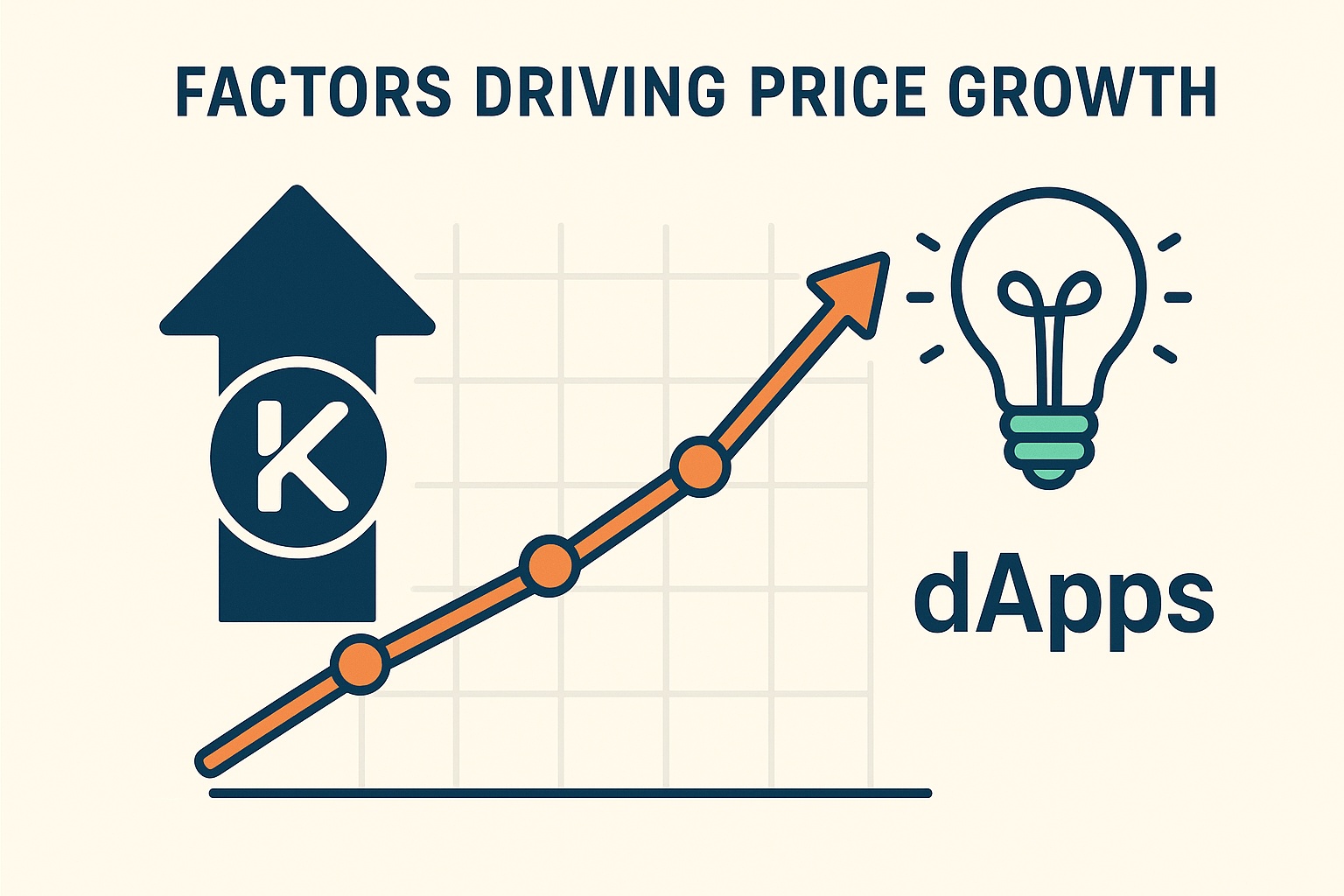Kaspa (KAS) Price Forecast for the End of 2025: Detailed Insights and Analysis
This article is provided for informational and educational purposes only and should not be considered financial advice. Cryptocurrency investments involve significant risks.
Introduction
Kaspa (KAS) is valued at approximately $0.12. It is a Proof-of-Work blockchain leveraging blockDAG technology for high transaction throughput and rapid confirmations, targeting scalable payments and DeFi applications. With a market capitalization of around $2.9 billion and a daily trading volume of about $150 million, KAS supports a growing ecosystem. This analysis explores KAS’s price potential by the end of 2025, covering bullish and bearish scenarios, growth drivers, and risks based on market trends and network adoption.

Current Situation
Kaspa (KAS) is trading at around $0.12, with a market capitalization of approximately $2.9 billion and a circulating supply of ~24 billion tokens. The 24-hour trading volume is ~$150 million, reflecting robust market activity. KAS is actively traded on major exchanges like Binance, Gate.io, and MEXC, primarily in USDT pairs. Technical indicators suggest a neutral sentiment: the Relative Strength Index (RSI, 14) is near 50, with the 50-day SMA above the 200-day SMA, signaling a medium-term bullish trend. Over the past year, KAS’s price has ranged from $0.05 to $0.20, with support at $0.11–$0.10 and resistance at $0.13–$0.14 and $0.15.
Price Predictions for End of 2025
Projections for Kaspa (KAS) by the end of 2025 vary based on market dynamics and network developments:
- Bearish Scenario: KAS could trade between $0.08 and $0.10 if concerns over mining centralization persist. Some estimates suggest a low of ~$0.09.
- Base Scenario: The expected range is $0.15–$0.25, with analysts forecasting an average of ~$0.20, driven by blockDAG adoption.
- Bullish Scenario: In a robust bull market with strong network growth, KAS could surpass $0.40, with optimistic projections reaching up to $0.50.
Consensus estimate: $0.10–$0.25, with an expected average of ~$0.20.
Factors Driving Price Growth
- BlockDAG Technology: Supports parallel blocks for high transactions per second without sharding.
- Efficient Mining: GHOSTDAG protocol enables rapid transaction confirmations.
- Community Support: Active developer community and increasing exchange listings.
- Scalability Advantage: Combines Bitcoin-like security with Ethereum-level speed.
- PoW Market Trends: Benefits from renewed interest in Proof-of-Work networks.

Risks and Downward Factors
- Mining Centralization Risks: Potential issues with hash power concentration.
- Regulatory Challenges: Scrutiny over Proof-of-Work energy consumption.
- Competitive Pressure: Rivalry from other scalable PoW networks like Ergo.
- Market Volatility: Susceptibility to swings in emerging cryptocurrencies.
- Adoption Hurdles: Limited development in the DeFi ecosystem.
Volatility Analysis
Kaspa’s technical profile is neutral-bullish. The RSI (14) ≈ 50 indicates consolidation, with MACD showing bullish momentum from a recent breakout targeting $0.15. Key support levels are $0.11–$0.10, with resistance at $0.13–$0.14 and $0.15. Trading volumes are robust (~$150 million/day), with high volatility (7-day range $0.10–$0.13). KAS’s blockDAG innovation and scalability focus support long-term potential, but centralization risks and volatility may limit short-term stability.
Conclusion
By the end of 2025, Kaspa (KAS) is expected to trade between $0.10 and $0.25, with a base case of ~$0.20. A bearish market could see prices at $0.08–$0.10, while a bullish scenario with strong adoption could push KAS above $0.40. Growth is driven by blockDAG technology, mining efficiency, and community support, but risks include centralization, regulatory scrutiny, and volatility. Investors should monitor hash rate distribution and market trends. For more details, visit kaspa.org.